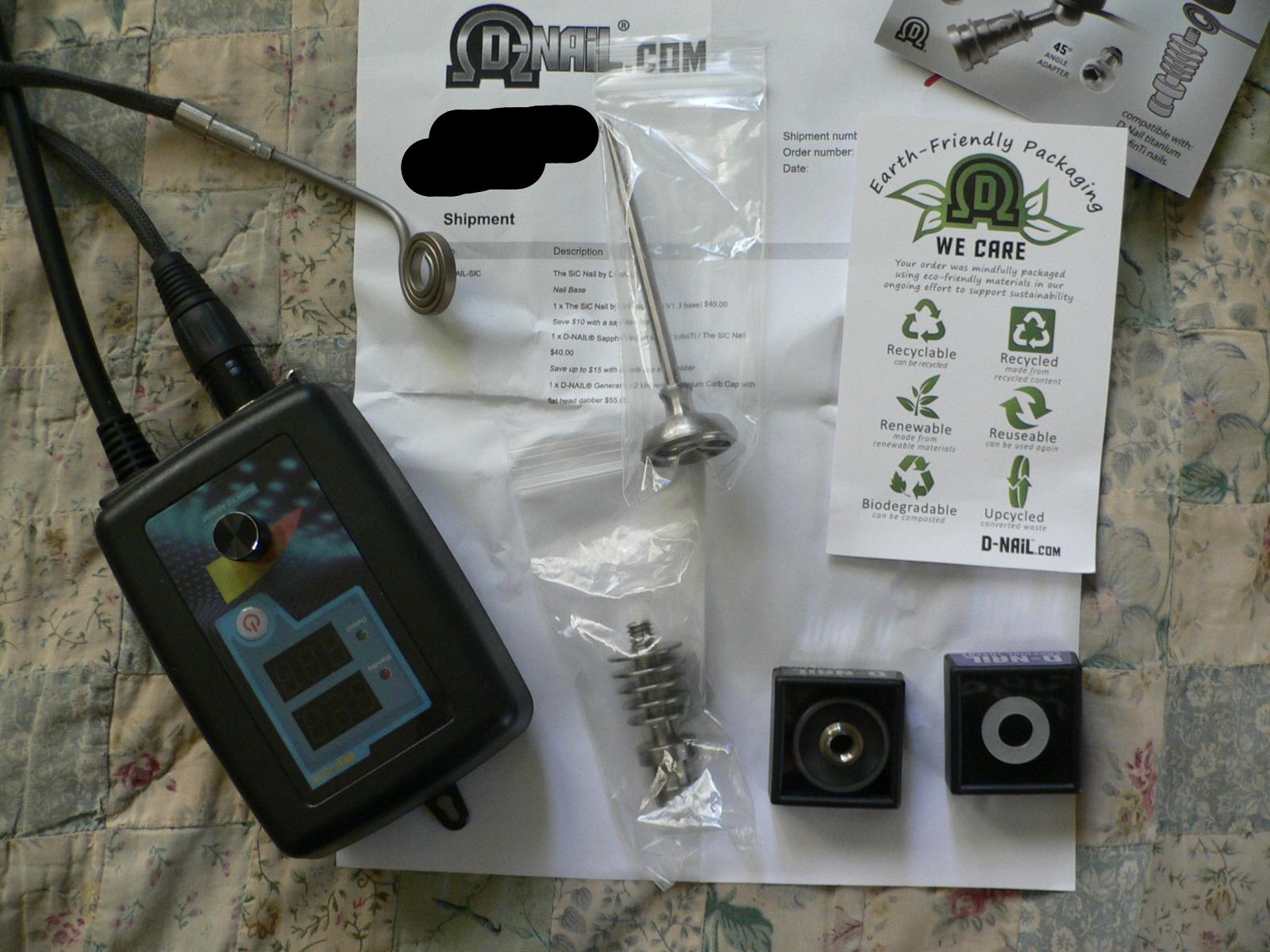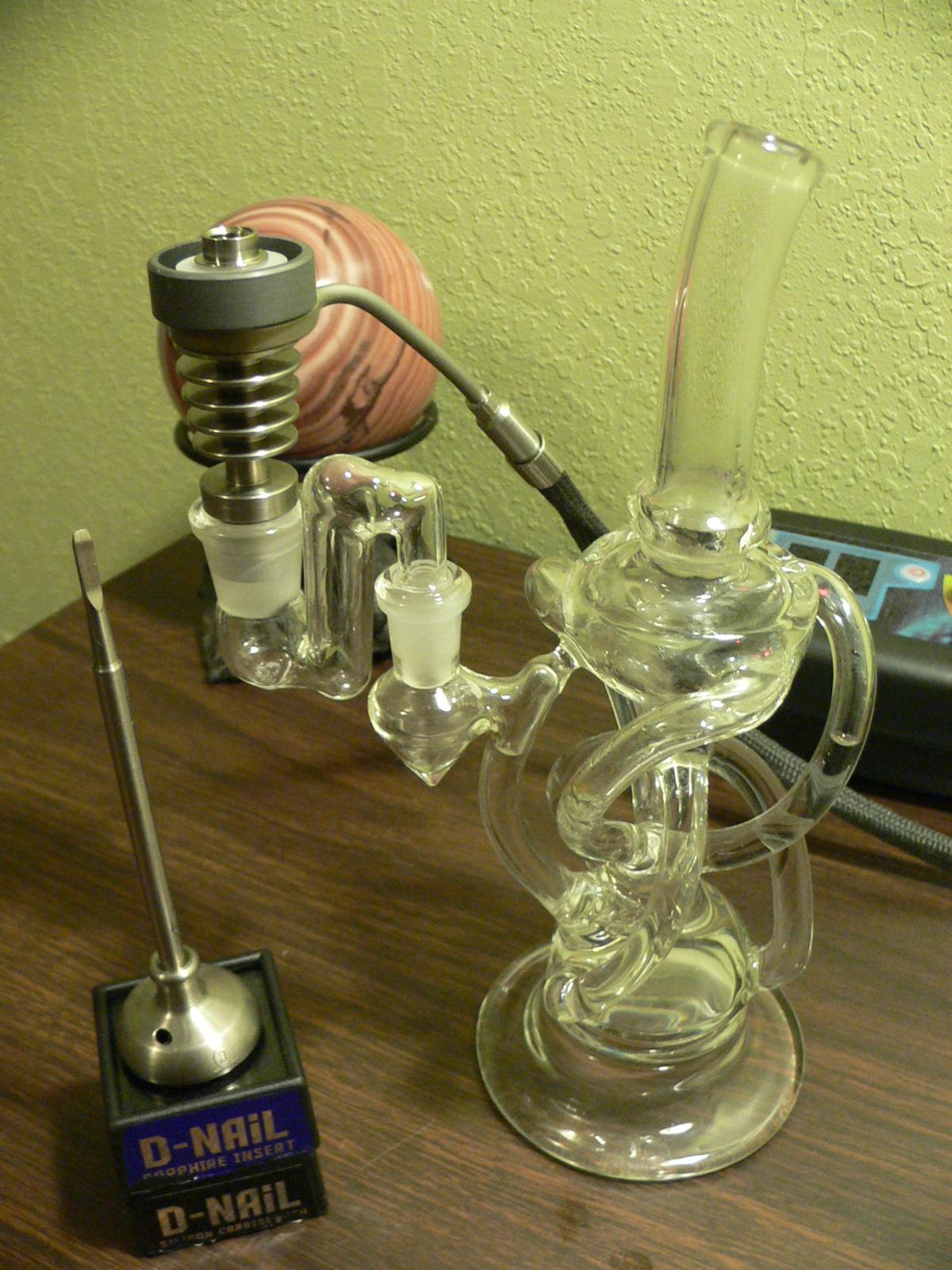Monsoon
Well-Known Member
D-Nail just posted an info page on Silicon Carbide:
http://www.d-nail.com/info/science/silicon-carbide-sic/
http://www.d-nail.com/info/science/silicon-carbide-sic/
BASIC FACTS
- Made from equal parts Silicon and Carbon. Carbon is the 15thmost abundant element in the Earth's crust and 4th most abundant in the Universe. Silicon is the 2nd most abundant element in the crust and 8th most abundant in the Universe.
- Silicon Carbide was first discovered in 1891 by E. G. Echeson.
- Silicon Carbide is formed very rarely on Earth. It is commonly found in meteorites such as the Murchison meteorite, carbonaceous chondrites, star dust, and dying stars.
- Has excellent chemical resistance. Less reactive to acids and bases than Quartz, even at elevated temperatures.
- Low thermal expansion
- Very high thermal conduction and transmission - 20x that of Grade 2 Titanium, 100x that of Quartz
- Low coefficient of friction
- Known for its good thermal shock resistance, able to handle a temperature change of 700°F.
- One of the hardest materials known to man, scoring up to 9.5 on the Mohs hardness scale (diamond has the maximum score of 10).
- Has been used in thermal armor on spacecraft, for processing liquid metals, high temperature furnace parts, and jet turbines
- Commonly used in high endurance applications such as bulletproof armor, high performance brake pads, abrasives in sandpaper or cutting tools.
- Currently being widely investigated for use in sensors, devices, and implants in the medical and medical device industry.
- Able to block some forms of nuclear radiation

 They had said it should be shipped by now
They had said it should be shipped by now I had just taken one last dab before bed and was torching it to clean when it snapped in half by itself. I expected it might happen soon and had noticed an internal crack in it awhile ago. I'll probably order a replacement since dabbing on the SiC surface just isn't the same and I guess I'll torch the new one a lot less. I think I got a bit over zealous since it was so easy to have the surface be nearly spotless before each dab. I love the concept of the convection shelf but I hope they find a way to make it a little more durable, maybe use SiC or quartz for the disk insert instead? Torching aside, I feel nervous just handling it given how much it costs and how easily it could just snap in half.
I had just taken one last dab before bed and was torching it to clean when it snapped in half by itself. I expected it might happen soon and had noticed an internal crack in it awhile ago. I'll probably order a replacement since dabbing on the SiC surface just isn't the same and I guess I'll torch the new one a lot less. I think I got a bit over zealous since it was so easy to have the surface be nearly spotless before each dab. I love the concept of the convection shelf but I hope they find a way to make it a little more durable, maybe use SiC or quartz for the disk insert instead? Torching aside, I feel nervous just handling it given how much it costs and how easily it could just snap in half. Was your previous internal crack caused by the torch also?
Was your previous internal crack caused by the torch also? 




 .
.
